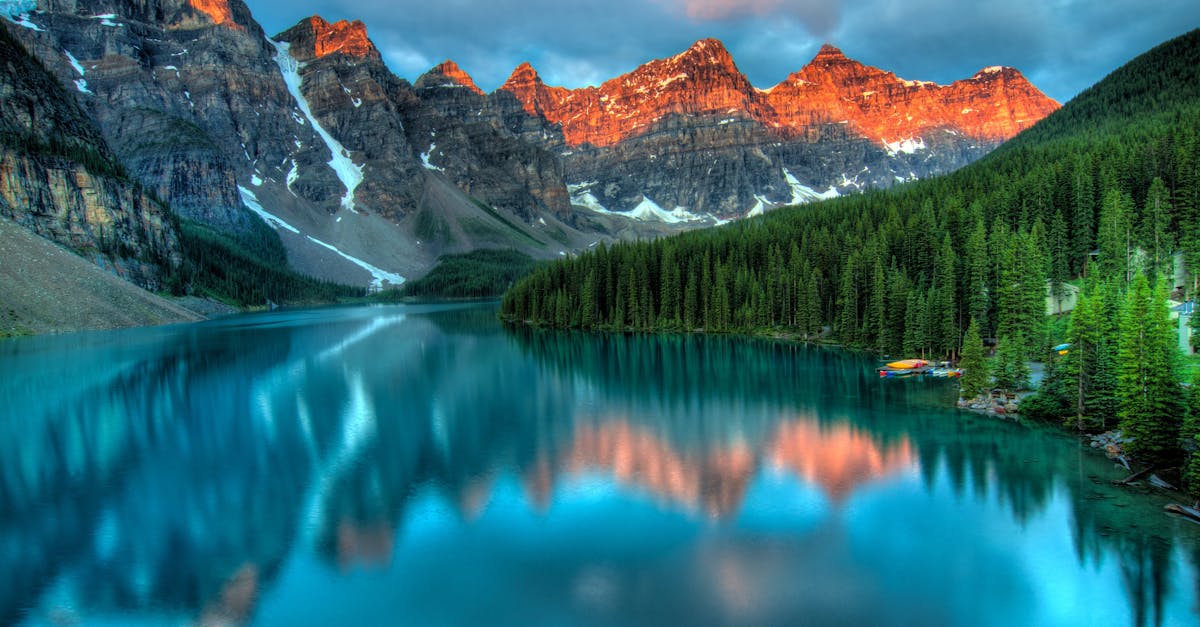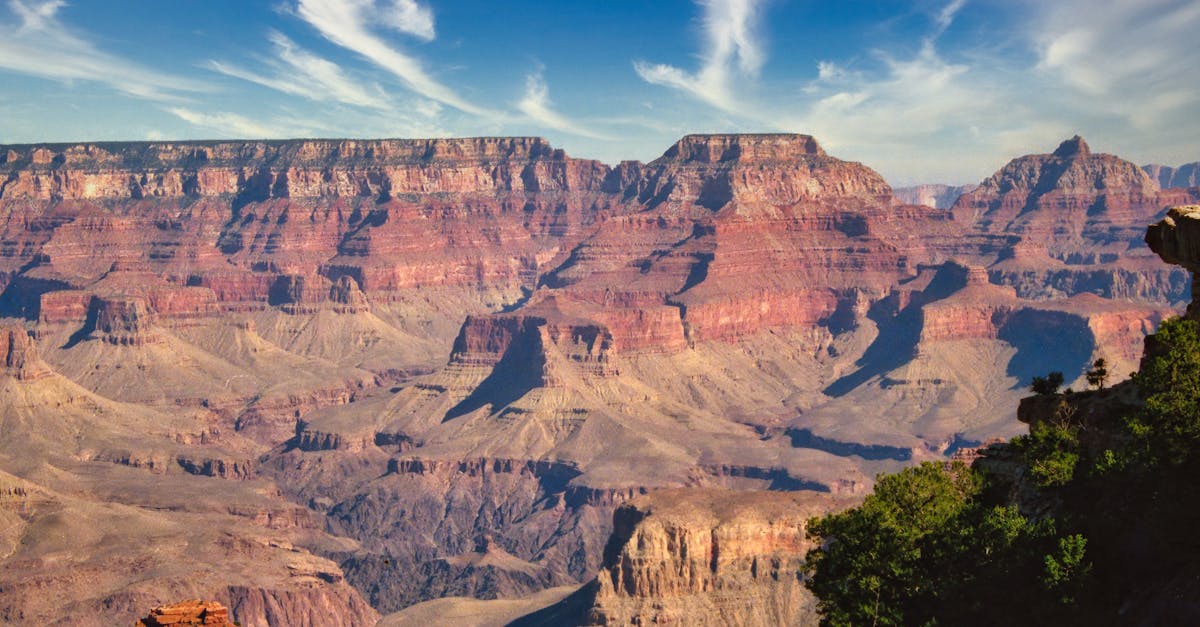Key Takeaways
- Grand Canyon National Park in Arizona is one of the oldest national parks in the US, offering breathtaking views of deep canyons, cliffs, and rock formations. It provides various hiking trails and activities like camping, rafting, and stargazing.
- Petrified Forest National Park is located in northeastern Arizona and is famous for its petrified wood and prehistoric fossils. Visitors can explore scenic hiking trails, learn about the park’s geological wonders at the visitor center, and visit the National Park Service’s website for detailed information.
- Saguaro National Park near Tucson showcases the beauty of the Sonoran Desert with its iconic Saguaro cacti. The park offers stunning desert landscapes, hiking trails for all skill levels, wildlife encounters, and educational programs.
- Organ Pipe Cactus National Monument in southern Arizona is a hidden gem known for its desert flora, wildlife, and stunning views. It offers hiking trails and scenic drives to explore the diverse Sonoran Desert.
- Glen Canyon National Recreation Area in northern Arizona and southern Utah is home to Lake Powell and offers a range of water activities like boating, swimming, and fishing. It also provides hiking trails and camping options, as well as breathtaking sunrise and sunset views.
- National Park Service websites provide detailed information about each park, including maps, visitor guides, camping options, and park regulations. Additionally, educational resources and guided tours are available to enhance visitors’ understanding of the parks’ ecosystems and conservation efforts.

Grand Canyon National Park
Grand Canyon National Park is one of the most breathtaking natural wonders in the United States. Stretching for 277 miles, it offers awe-inspiring views of the deep canyons, striking cliffs, and colorful rock formations. As one of the oldest national parks in the country, it also boasts a rich history and attracts millions of visitors each year.
When you visit Grand Canyon National Park, you’ll have the opportunity to explore the park’s various rims.
The South Rim is the most popular and easily accessible, offering stunning vistas and numerous hiking trails.
The North Rim, on the other hand, is more secluded and provides a different perspective of the canyon.
One of the best ways to experience the grandeur of the Grand Canyon is by hiking.
The park features a wide range of trails, catering to all skill levels.
Whether you’re looking for a leisurely stroll along the rim or a challenging trek into the depths of the canyon, there’s a hike for you.
Plus to hiking, there are many other activities to enjoy at Grand Canyon National Park, including rafting, camping, wildlife viewing, and stargazing.
With its designation as an International Dark Sky Park, the park offers some of the best opportunities for stargazing in the country.
As an authoritative resource on national parks, the National Park Service’s website provides detailed information about Grand Canyon National Park, including maps, visitor guides, and park regulations.
You can find more information on the official Grand Canyon National Park website.
While visiting the Grand Canyon, consider exploring the National Geographic Visitor Center as well.
This center provides educational exhibits and informative displays, offering a deeper understanding of the park’s geology, history, and ecosystems.
As you plan your trip to Arizona, don’t miss the opportunity to immerse yourself in the grandeur of Grand Canyon National Park.
With its stunning vistas, diverse landscapes, and abundant recreational activities, it’s truly a bucket-list destination that will leave you in awe of nature’s wonders.
Now, let’s move on to the next national park in Arizona – Petrified Forest National Park.
Petrified Forest National Park
Petrified Forest National Park is one of the fascinating national parks in Arizona.
Located in the northeastern part of the state, it offers a unique blend of natural beauty and ancient history.
Covering over 200 square miles, this mesmerizing park is renowned for its petrified wood and prehistoric fossils.
Walking through the park, you will be surrounded by a vibrant display of fossilized trees, some of which date back more than 200 million years.
These Petrified Forest trees have transformed into striking, colorful rocks over time due to the mineralization process.
The park is also home to ancient petroglyphs and historic ruins, giving visitors a glimpse into the rich cultural heritage of the region.
While exploring Petrified Forest National Park, you can begin on scenic hiking trails, such as the Giant Logs Trail and the Blue Mesa Loop.
These trails offer breathtaking views of the unique rock formations, expansive vistas, and the painted desert.
Don’t forget to bring your camera, as you’ll want to capture the beauty of this prehistoric wonderland.
For a deeper understanding of the park’s geological wonders, the Petrified Forest Visitor Center is a must-visit.
It provides helpful information, exhibits, and educational programs about the park’s geology and paleontological significance.
Take your time, soaking in the fascinating stories behind the petrified wood and the importance of preserving this natural treasure.
To plan your visit to Petrified Forest National Park, the National Park Service’s website offers detailed information about camping options, road conditions, and park regulations.
Remember to check for any updates to ensure a smooth and enjoyable trip.
For those interested in exploring more of Arizona’s natural wonders, consider visiting other renowned national parks, such as Grand Canyon National Park and Saguaro National Park.
These parks offer incredible landscapes, diverse wildlife, and opportunities for outdoor adventure.
So, whether you’re a nature enthusiast, a history buff, or just seeking a unique experience, Petrified Forest National Park has something to offer everyone.
Discover the wonders of ancient forests turned to stone and immerse yourself in the rich history of this Arizona gem.
- Petrified Forest National Park – National Park Service
- [Petrified Forest

Saguaro National Park
Saguaro National Park, located near Tucson, Arizona, is a desert oasis known for its iconic Saguaro cacti.
As one of the most unique and diverse ecosystems in the United States, the park offers visitors a captivating experience.
Here are a few highlights of what Saguaro National Park has to offer:
- Stunning Sonoran Desert Landscapes: Saguaro National Park showcases the beauty of the Sonoran Desert. The lush desert world, dotted with towering Saguaro cacti, creates a picturesque backdrop for outdoor enthusiasts and nature lovers alike.
- Hiking Trails for All Skill Levels: The park features a network of trails that cater to various hiking abilities. Whether you are looking for a leisurely stroll or a challenging adventure, Saguaro National Park has a trail for you. Don’t forget to bring your camera to capture the breathtaking vistas along the way.
- Wildlife Encounters: Saguaro National Park is home to a diverse range of wildlife. Keep an eye out for native species such as javelinas, roadrunners, coyotes, and many species of birds. The park provides a unique opportunity to observe these animals in their natural habitat.
- Educational Opportunities: The park offers educational programs and guided tours to enhance your understanding of the Sonoran Desert ecosystem. Learn about the importance of conservation and the fascinating adaptations of desert plants and animals.
To plan your visit to Saguaro National Park, make sure to visit the official National Park Service website for detailed information on park activities, visitor centers, and important updates.
For more information about the Sonoran Desert and its unique flora and fauna, you can visit the University of Arizona’s Desert Ecology website which provides comprehensive resources and research about the Sonoran Desert.
Saguaro National Park is a must-visit destination for those seeking a glimpse into the beauty and wonder of the Sonoran Desert.
Whether you are a nature enthusiast, a hiking enthusiast, or simply looking to connect with the natural world, Saguaro National Park offers an unforgettable experience.
So pack your sunscreen, water, and sense of adventure and begin on an exploration of this remarkable desert world.
Organ Pipe Cactus National Monument
Organ Pipe Cactus National Monument is another hidden gem among the national parks in Arizona.
Located in the southern part of the state, near the international border with Mexico, this park showcases a unique desert world filled with towering saguaro cacti and, of course, its namesake organ pipe cacti.
Covering approximately 330,000 acres, Organ Pipe Cactus National Monument offers visitors a chance to experience the beauty and diversity of the Sonoran Desert.
The park is home to over 28 species of cacti, making it a true cactus enthusiast’s dream.
But the park is not just a haven for desert flora.
It boasts an abundance of wildlife, including the elusive Sonoran pronghorn, bobcats, desert tortoises, and even the endangered Mexican gray wolf.
Birdwatchers will be delighted to spot the colorful plumage of various migratory birds that call this park home.
Outdoor enthusiasts will find plenty to do at Organ Pipe Cactus National Monument.
There are over 30 miles of hiking trails, allowing visitors to explore the desert world and soak in the breathtaking views.
For those seeking a more leisurely experience, scenic drives offer a chance to admire the unique beauty of this desert oasis.
To plan your visit to Organ Pipe Cactus National Monument, be sure to check out the official National Park Service website, where you can find information on camping, hiking, and other activities.
For a deeper understanding of the park’s flora and fauna, the University of Arizona’s Desert Ecology website is a valuable resource.
Explore Organ Pipe Cactus National Monument and discover the wonders of the Sonoran Desert.
Whether you’re a nature lover, a hiker, or simply seeking a unique outdoor experience, this national park has something for everyone.
Organ Pipe Cactus National Monument

Glen Canyon National Recreation Area
Glen Canyon National Recreation Area is another remarkable national park in Arizona that offers a diverse range of outdoor activities and breathtaking natural beauty.
Located in northern Arizona and southern Utah, this expansive park covers 1.25 million acres and includes the stunning Lake Powell.
One of the highlights of Glen Canyon is its boating opportunities.
With more than 1,960 miles of shoreline, visitors can indulge in various water activities such as kayaking, paddleboarding, and fishing.
The crystal-clear waters of Lake Powell are also perfect for swimming and houseboating, allowing visitors to fully immerse themselves in the serenity of the surroundings.
For those who prefer to stay on land, Glen Canyon offers numerous hiking and camping options.
The park features hundreds of miles of trails that wind through canyons, along the lake, and up to breathtaking viewpoints.
From easy strolls to more challenging hikes, there’s something for everyone to enjoy.
The scenic sunset and sunrise views at Glen Canyon are truly spectacular.
The vibrant hues reflecting off the towering sandstone cliffs create a mesmerizing painting of light and color.
Photographers and nature enthusiasts alike will be captivated by the tranquil beauty of this magnificent world.
To plan your visit to Glen Canyon National Recreation Area, you can find more information on the official National Park Service website.
They provide details about camping reservations, hiking trails, and other activities available within the park.
Also, the Glen Canyon Conservancy offers valuable resources and guided tours for a more immersive experience.
Glen Canyon National Recreation Area is a haven for outdoor enthusiasts and nature lovers alike.
Whether you’re seeking thrilling water adventures or serene hikes amidst extraordinary scenery, this national park offers an unforgettable experience in the heart of the Southwest.

